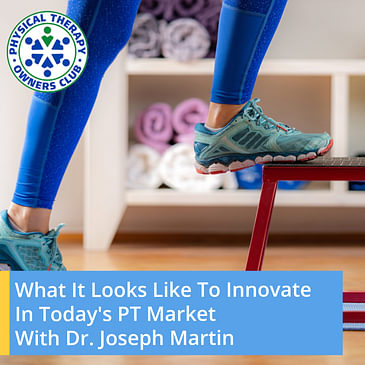In this Physical Therapy Owners Club podcast, Adam welcomes Dr. Joe Martin, a physical therapy clinic owner from upstate New York, who shares his inspiring journey. He talks about his challenges, including dealing with fraudulent practices, inadequate insurance reimbursement, and the impact of external factors like COVID-19 and cyber-attacks on business operations.
Throughout the podcast, Dr. Martin stresses the importance of leadership and employee relations in fostering practice growth. He emphasizes cultivating a supportive workplace culture, hiring and retaining top talent, and implementing effective incentivization strategies. These are essential for driving organizational success.
Dr. Martin also discusses the benefits of transitioning to a cash-based model in Florida, which can provide substantial profit margins compared to traditional insurance-based practices. He highlights the importance of market adaptation and leveraging digital marketing avenues in a competitive landscape.
Learn the essentials of physical therapy practice ownership by listening, gain valuable insights, and unlock the keys to building a successful, patient-focused clinic that endures the test of time.
Want to talk about how we can help you with your PT business, or have a question you want to ask? Book a call with Nathan - https://calendly.com/ptoclub/discoverycall
Love the show? Subscribe, rate, review, and share! https://ptoclub.com/




